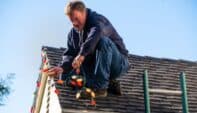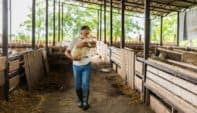Rehabilitation Therapy
-
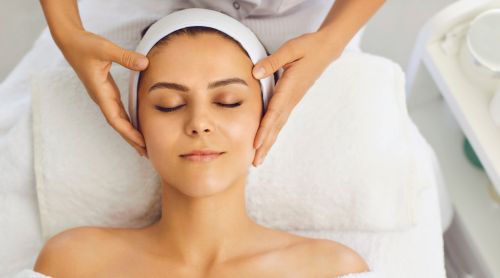
Cultural Sensitivity in Massage Therapy
Each culture has its norms, beliefs, and traditions. These often influence how individuals perceive touch and may impact…
-
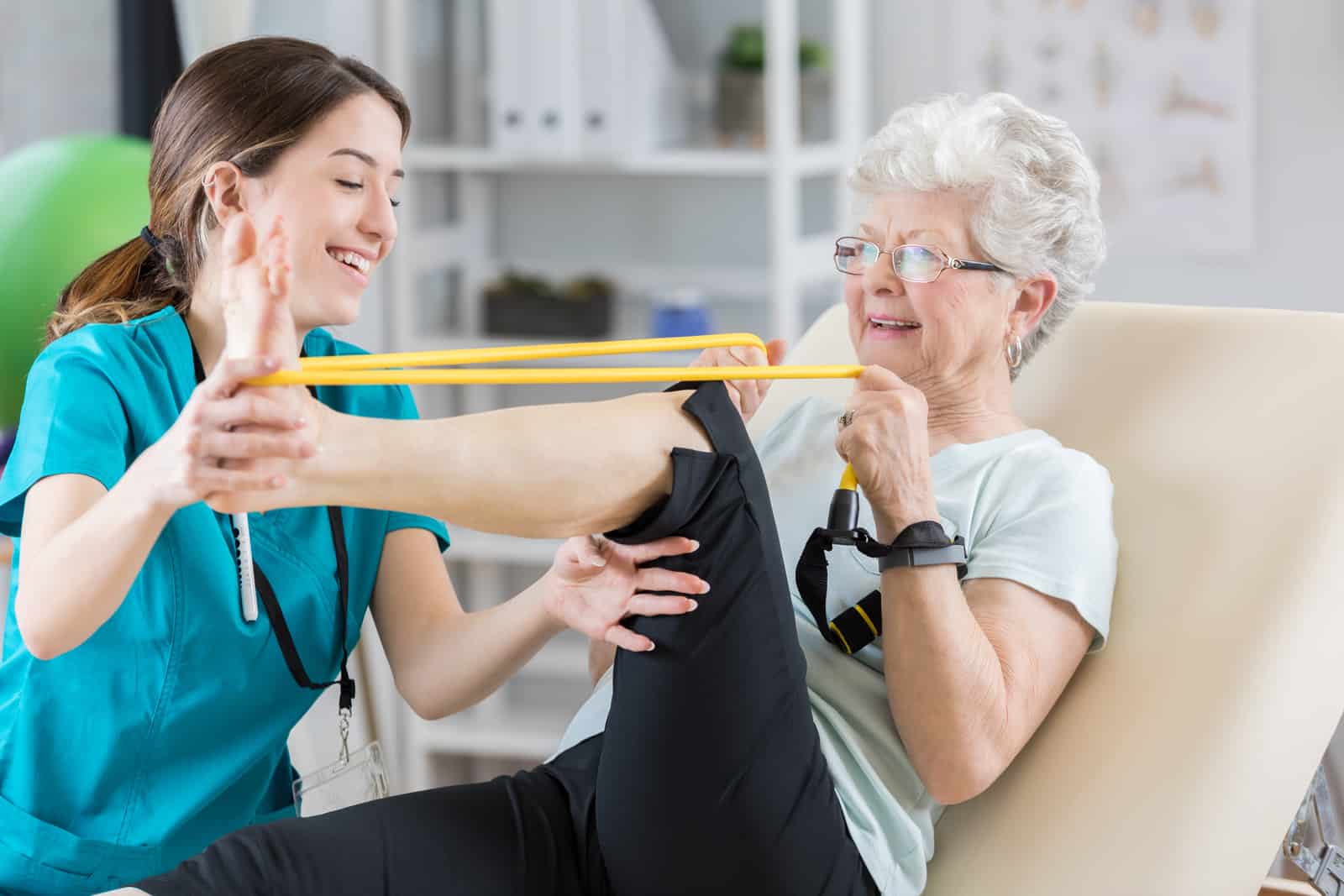
Mental Health and Physical Therapy
Physical therapy (PT) is often associated with recovery from injury, improving mobility, and managing chronic pain. However, mental…
-
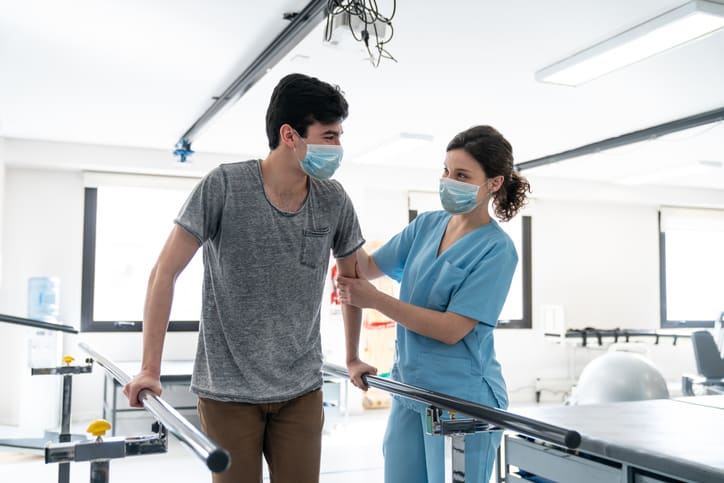
Everyday Extraordinary: Celebrating Occupational Therapy Month
It’s always the little things. Cooking a meal with a loved one. Holding a child. Going for a…
-
UPDATED: Announcement from Texas Health and Human Services Commission (HHSC)
The Texas Health and Human Services Commission (HHSC) requires licensed professionals to complete continuing competence (CC) activities to…
-
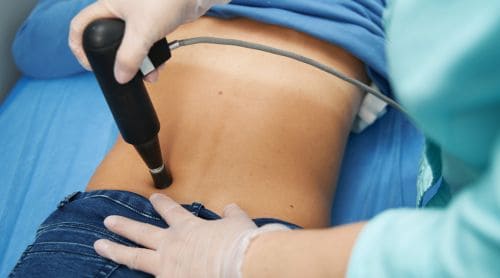
Advancements in PT Technology
Technology continues to revolutionize physical therapy, offering powerful solutions that boost patient outcomes, improve efficiency, and expand accessibility.…
-
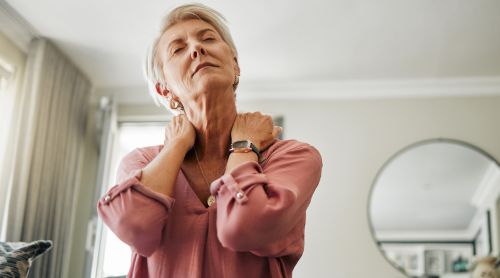
Techniques for Managing Fibromyalgia Pain with Massage
Fibromyalgia is a condition that causes body aches, pains, and excess fatigue, and can affect daily function. While…
-

Specialized PT Care for Aging Populations
As people live longer, physical therapy becomes an important part of maintaining function and quality of life. Aging…
-

Integrating Telehealth in Physical Therapy
The rise of telehealth has transformed how healthcare is delivered across many different areas, including physical therapy. By…
-
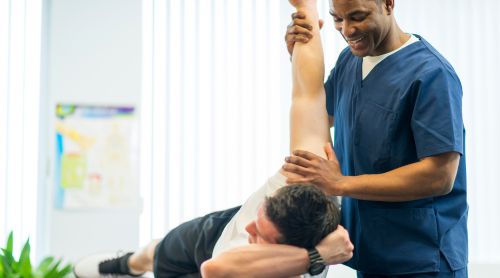
Sustainable Practices in PT Clinics
As environmental awareness continues to become more important across many industries, physical therapy (PT) clinics have an opportunity…
-
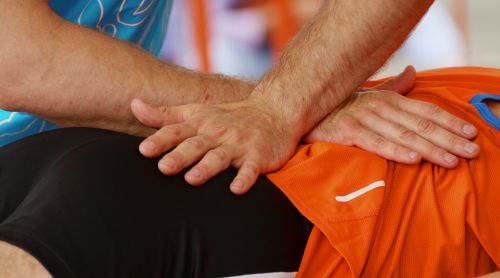
Using Sports Massage for Injury Prevention
Though sports massage for injury prevention is designed for athletes, it can also help non-athletes. It can reduce…
-

Innovative Techniques for Pediatric Occupational Therapy
Play is an essential occupation of children, and engagement in play activities is how children learn. Pediatric occupational…
-
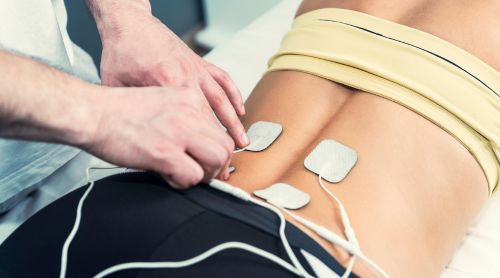
Leveraging PT Technology for Improved Independence
From telehealth platforms to wearable devices and advanced rehabilitation systems, physical therapists have more technological resources than ever…








